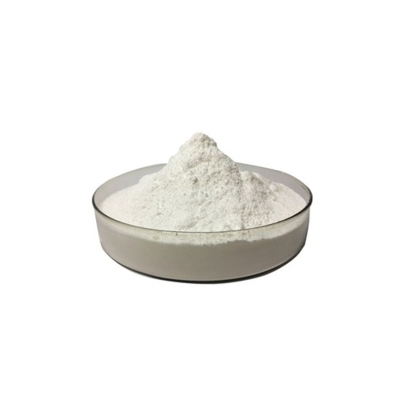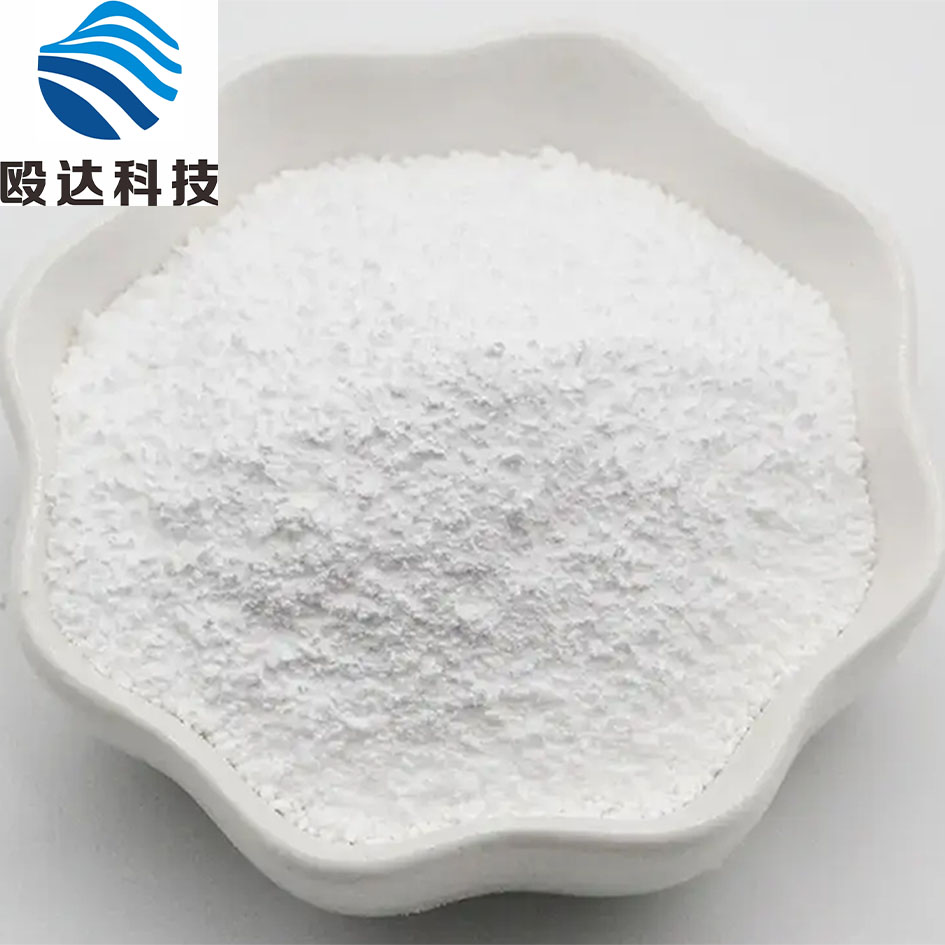Characteristics and concepts of metal detector
-
Last Update: 2013-05-02
-
Source: Internet
-
Author: User
Search more information of high quality chemicals, good prices and reliable suppliers, visit
www.echemi.com
The performance and reliability of the metal detector depend on the stability of the frequency of the electromagnetic transmitter Generally, the working frequency from 80 to 800 kHz is used The lower the working frequency, the better the detection performance of iron; the higher the working frequency, the better the detection performance of high carbon steel The sensitivity of the detector decreases with the increase of detection range, and the size of sensing signal depends on the size of metal particles and conductivity Because of the current ripple and current filter, the metal detector has some restrictions on the conveying speed of the detected objects If the delivery speed exceeds a reasonable range, the sensitivity of the detector will decrease In order to ensure that the sensitivity does not drop, it is necessary to select a suitable metal detector to adapt to the corresponding tested products Generally speaking, the detection range should be as small as Zui For products with good high frequency induction, the detector channel size should match the product size The adjustment of detection sensitivity should be determined by referring to the center of detection coil, and the induction Zui of the center position is low The detection value of the product will change with the change of production conditions, such as the change of temperature, product size, humidity, etc it can be adjusted through the control function to compensate for the repeatability of the globules The Zui small surface area is also difficult to detect for the metal detector Therefore, globules can be used as reference samples for detection sensitivity For non spherical metals, the detection sensitivity depends on the location of the metal to a great extent Different locations have different cross-sectional areas, and the detection effect is different For example, when passing longitudinally, iron is more sensitive; while high carbon steel and non-iron are less sensitive Iron is not very sensitive when passing horizontally, while high carbon steel and non iron are more sensitive In the food industry, the system usually uses higher working frequency For cheese food, the response of high-frequency signal will be increased proportionally due to its inherent high-frequency induction performance Wet fat or salt substances, such as bread, cheese, sausage, etc., have the same conductivity as metal In this case, in order to prevent the system from giving wrong signals, the compensation signal must be adjusted to reduce the sensitivity.
This article is an English version of an article which is originally in the Chinese language on echemi.com and is provided for information purposes only.
This website makes no representation or warranty of any kind, either expressed or implied, as to the accuracy, completeness ownership or reliability of
the article or any translations thereof. If you have any concerns or complaints relating to the article, please send an email, providing a detailed
description of the concern or complaint, to
service@echemi.com. A staff member will contact you within 5 working days. Once verified, infringing content
will be removed immediately.







